Los Millares is the archetypal Copper Age site in Europe
By Nick Nutter | Updated 22 Apr 2022 | Almería | Places To Go |
Login to add to YOUR Favourites or Read Later
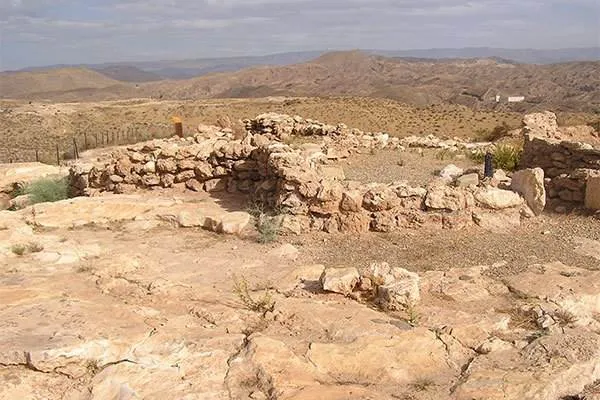
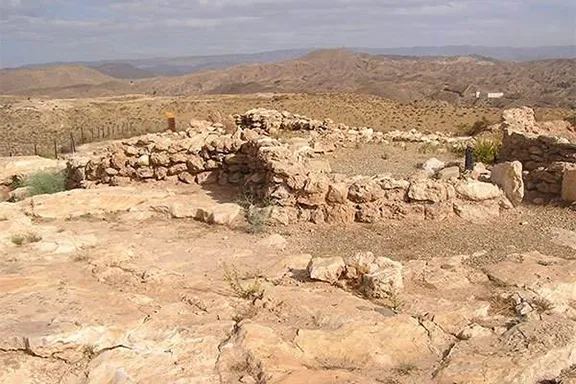
Los Millares
Within the boundaries of present day Andalucia there are a number of important sites dating to before 3,000BC at which there are the unmistakeable signs of copper smelting. Three of those sites in Almeria are called Los Millares, Palmones and La Fuente. They represent settlements built in a manner that allowed traces of them to survive 5,000 years in order to be visible today, our earliest record of stone construction in Andalucia. The settlements were built by a culture that had progressed from being herders of animals and occasional crop growers to a culture that had organised itself to such an extent that the work required for the population to survive and prosper, growing crops, tending animals and building fortifications and dwellings in stone, was divided between the population. During the same period the same people discovered how to recognise, mine and smelt copper ores to produce weapons, tools and ornaments.
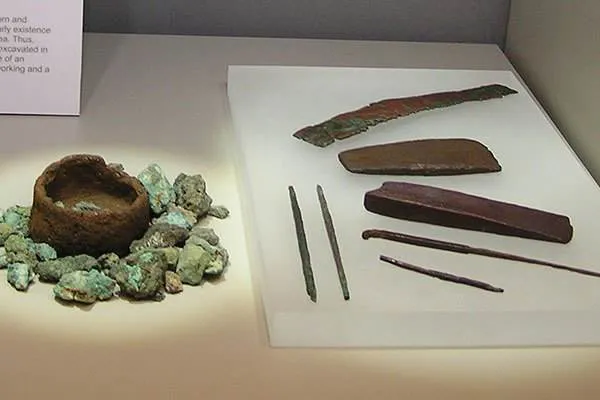
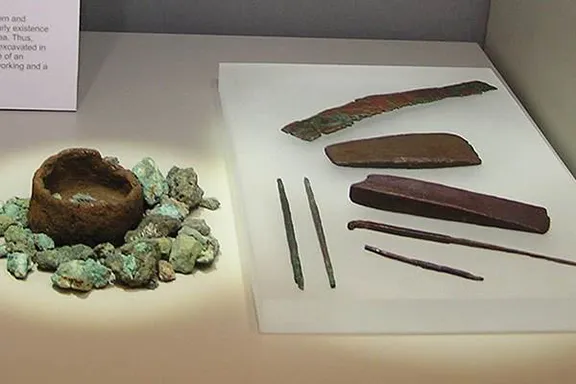
Copper Ore and Copper Tools (Almeria Archaeological Museum)
For thousands of years, prior to 3,000 BC, Neolithic man had been aware of metallic ores, particularly those with distinctive colours like the yellows and reds of ochre, ores of iron, and the blues and greens of malachite, azurite and other copper ores. He had been using those ores for personal decoration in the form of beads, and, ground to a paste, for cave and rock paintings and also his clay pottery. It is likely that, one day, a very surprised potter was a little heavy with the application of a copper paste and after firing the vessel noticed small nodules of shiny copper at the bottom. Whether the discovery of the smelting process in Andalucia was an independent one, or a process brought from the Middle East is still a matter of debate. Either way by 3,200 BC the process was known in Andalucia and the sites of available ores were being exploited. By this time all the ore lying on the surface had been used so it was necessary to dig down. The majority of ‘mines’ were, at this time, very small, a matter of ditches a few metres long and shallow but there were hundreds of them. Similarly the smelting process was done on a small scale using crucibles a few centimetres in diameter so to obtain a reasonable quantity of copper there had to be many crucibles on the go at any one time.
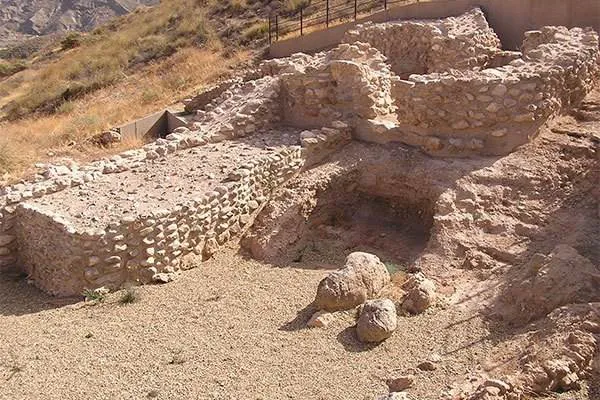
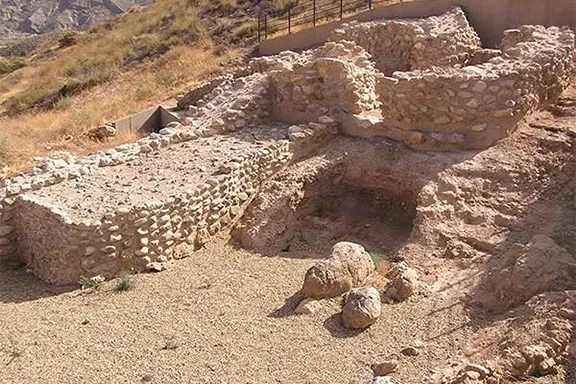
Workshops and Dwellings
Los Millares, situated on a ridge above the Andrax River, near Gador in Almeria Province, is considered the archetypical Copper Age site in Europe. It consists of a large number of ‘metal working units’ and associated housing, a necropolis consisting of numerous dolmen, and public buildings, including a heavily fortified citadel. For the first time in Andalucia something was being produced that others wanted so it was necessary to build protective walls, three in fact over the history of the settlement, along with turrets and gates. For its period it was a monumental building project. It is incredible to look at the remains and realise that the earliest constructions predate the pyramids in Egypt.
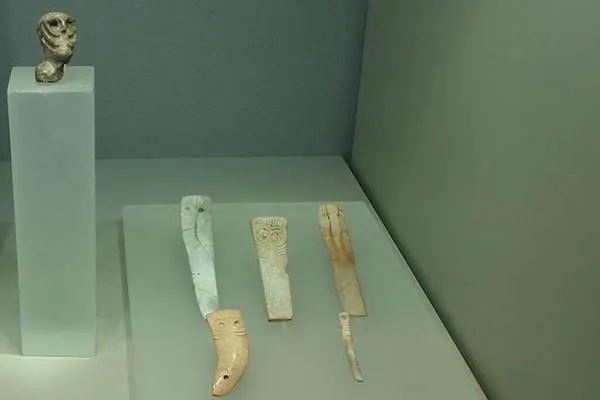
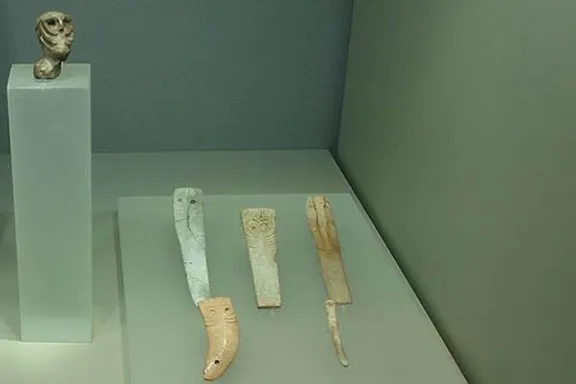
Ivory imports from north Africa (Almeria Archaeological Museum)
The builders and future metal workers were supported by the agrarian economy of the village in the valley below. On a ridge behind the main site is a series of ten fortified positions further protecting the main settlement and the route down which the copper ore was brought from the mines in the nearby Sierra de Gabor. The Los Millares complex was in use for just short of 1,000 years, it was abandoned around 2,250 BC about the same time as another culture was developing nearby, the Argar. It has been suggested that the Argar culture replaced the Los Millares culture but there is no actual evidence to suggest that the two cultures ever met at that time. In fact there is a gap of about 400 years between the disappearance of one and the first traces of the other. It is likely then that the Los Millarians left deliberately. Perhaps they had run out of that most essential commodity in smelting, wood.
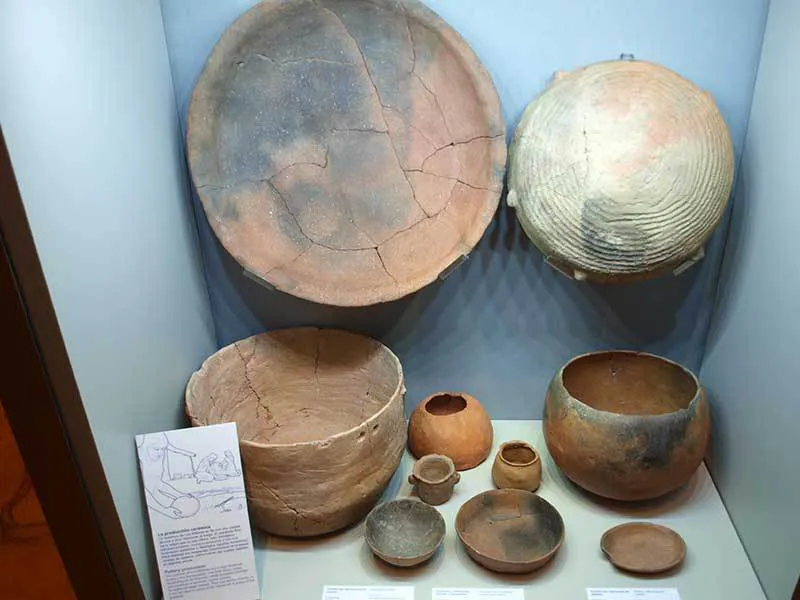
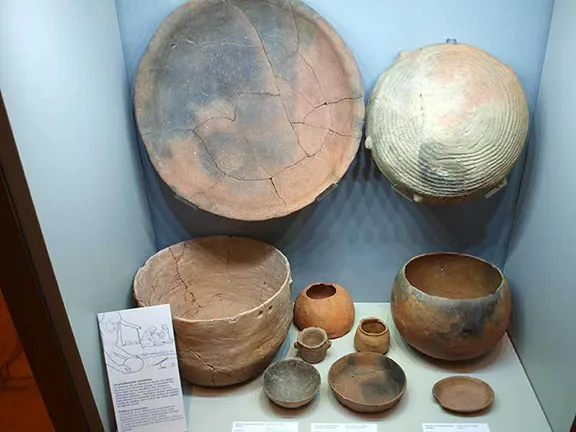
Pottery from Los Millares (Almeria Archaeological Museum)
There are some tantalising clues as to where they went. For instance some pieces of beaker style pottery have been found in the housing units at Los Millares The Beaker culture (as opposed to people) was a series of skills and religious beliefs that rapidly spread throughout Europe, transmitted by traders. It is likely that one of the manufacturing skills now associated with Beaker, making bronze, originated in north west Spain. The pottery for which this culture is known likely developed in the Rhine delta. Their burial practices centred on the dolmens where bodies were interned with grave goods. From the distribution and relative ages of dolmens in Andalucia it is possible to infer that they were first built in the west of the Iberian peninsula and the practice spread round the northern shores of the Mediterranean, up the Atlantic coast of Portugal, into northern France, northern Europe and across to Britain.
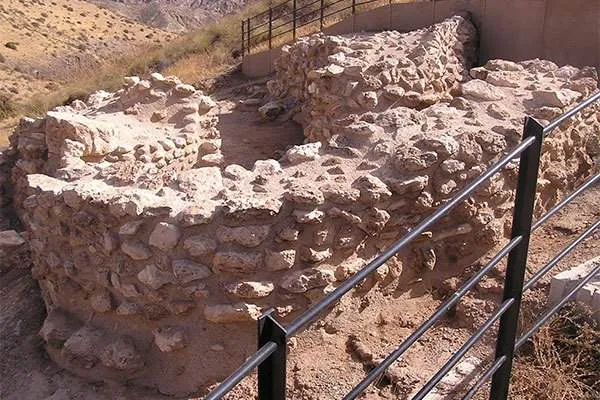
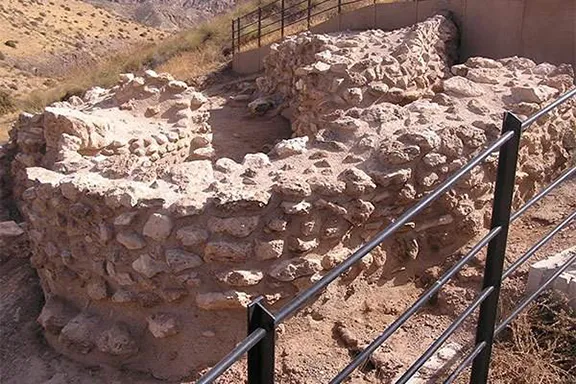
Abandoned Fortifications
This package of knowledge and beliefs included bronze as mentioned as well as gold and silver. West of Millares is the area between Huelva and Seville, rich in minerals and later to become the nucleus of the Tartessian civilisation known for its wealth derived from copper, tin, silver, lead and gold. It is now known that the people who would later be known as Tartessians were trading with the inhabitants of Cornwall for tin, part of the North Atlantic Bronze Trade, before even the Phoenicians arrived in Cadiz. So it is possible the Los Millarians moved north and west down the valley of the Rio Guadalquivir where they integrated with similar groups and that their descendants were responsible for the later dolmens at Antequera (Viera – 2000 BC and Romeral – 1800 BC) and the future civilisation of Tartessos.
The whole Los Millares site is open to the public, including the ridge forts, and is situated near Guadix, 17 kilometres north of Almeria. In the city of Almeria is the new museum in which many of the finds from Los Millares are displayed along with excellent displays portraying how these people lived and their place in history.
Check opening times for Los Millares here